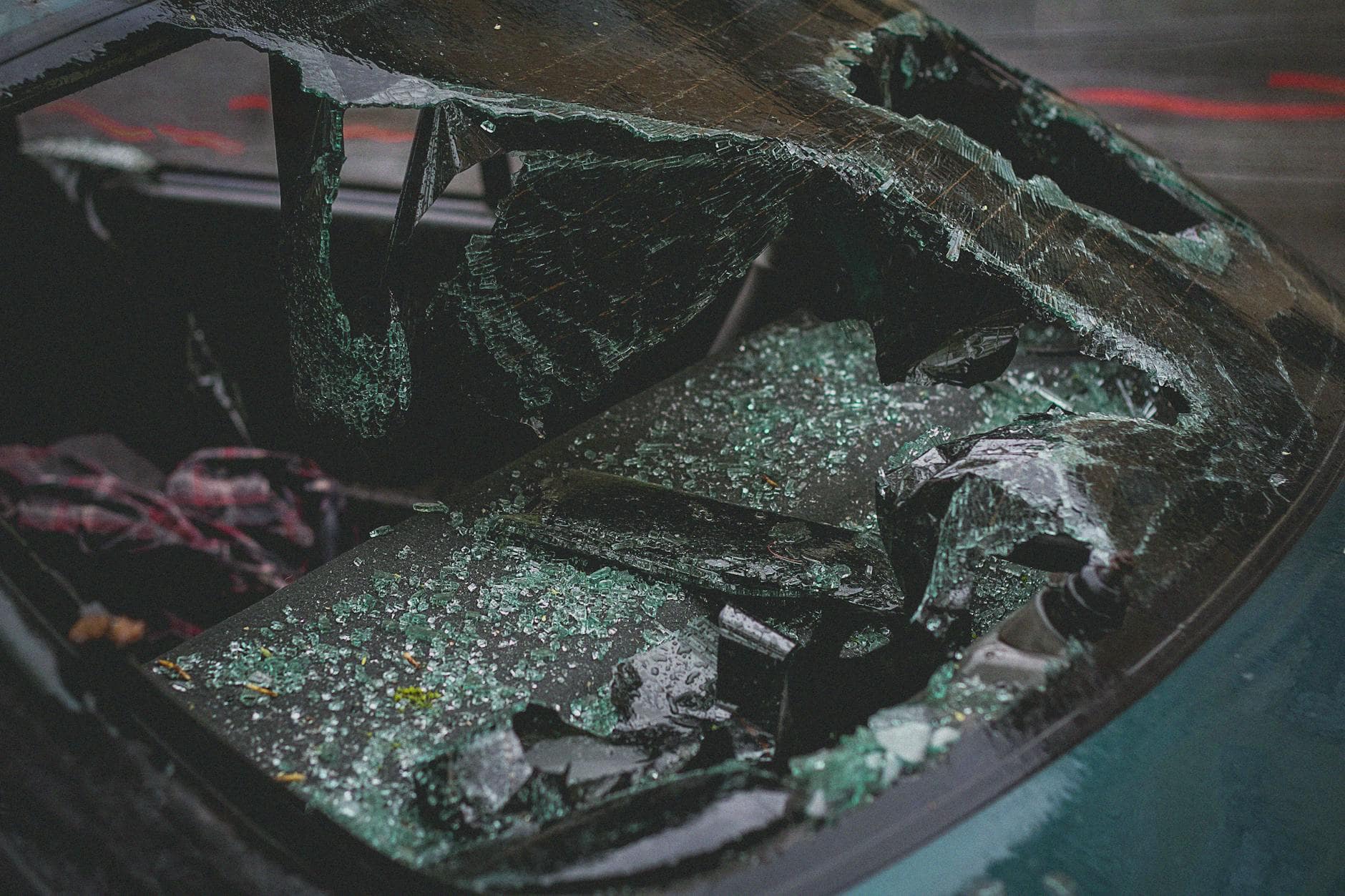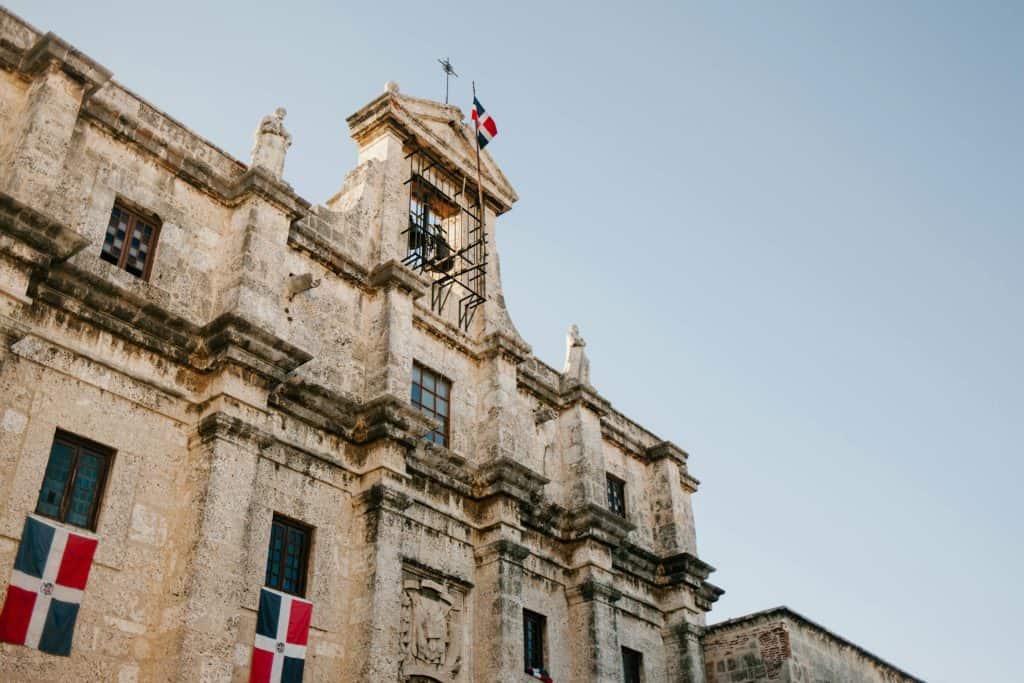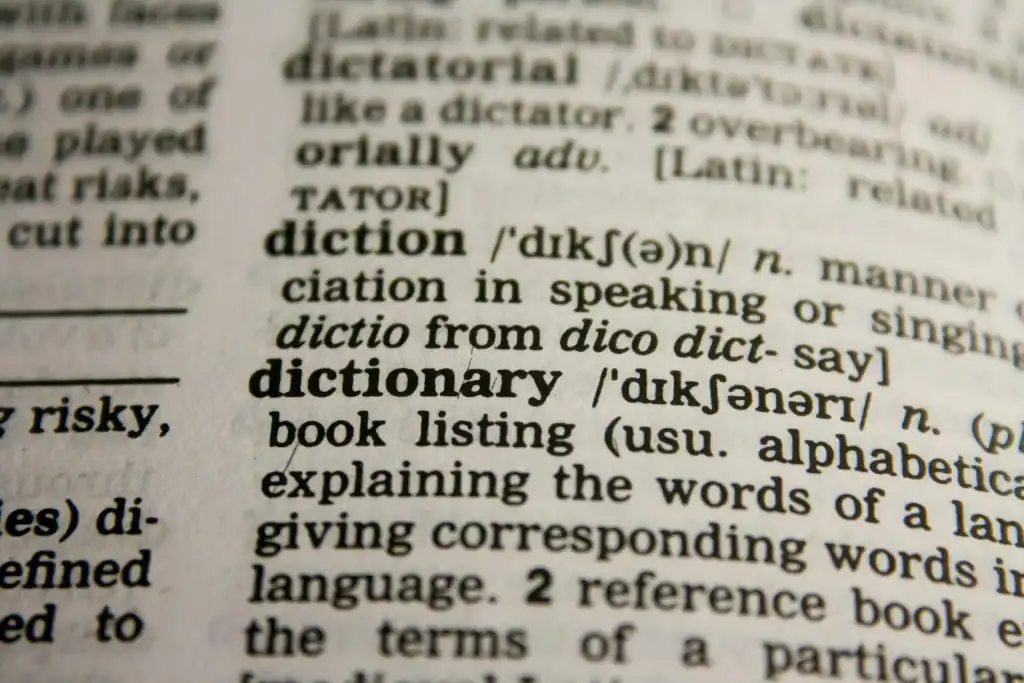First Things First: Why Claim Spanish Differs From Tourist Spanish
Ordering empanadas stretches one set of verbs; describing a three‑car fender‑bender to an insurance hotline flexes another entirely. Accident Spanish blends legal formality, street slang, and rapid‑fire questioning from adjusters who expect precise details. Misusing a single term—confusing choque leve (minor crash) with colisión grave (major collision)—can delay compensation or inflate deductibles. This guide shares hard‑earned lessons from Dominican insurance counters and emergency call centers. The structure mirrors the timeline of a real claim—initial report, police statement, insurer follow‑up, adjuster visit, and settlement—without bullet‑pointing you to sleep.
Dialing the Hotline: Opening Lines That Calm Nerves
Moments after the impact, adrenaline and second language anxiety collide. Take one breath, then start with context and calm politeness.
Spanish: “Buenas tardes. Llamo para reportar un siniestro de auto. Mi póliza termina en 874‑246. Hubo un choque leve sin heridos.”
English: Good afternoon. I’m calling to report an auto claim. My policy ends in 874‑246. There was a minor crash with no injuries.
Hotline staff ask location and vehicle state:
“Nos encontramos en la Avenida 27 de Febrero, frente a la estación Shell. El carro es un Honda Civic gris, matrícula A‑123456.”
We are on 27 de Febrero Avenue, in front of the Shell station. The car is a gray Honda Civic, plate A‑123456.
Key terms they’ll throw at you:
| Spanish Term | English Meaning | Usage |
|---|---|---|
| Póliza | Policy | número de póliza = policy number |
| Siniestro | Claimable incident | Legal jargon in paperwork |
| Deductible / deducible | Deductible | Pronounced “deh‑doo‑SEE‑ble” locally |
| Grúa | Tow truck | They’ll ask if you need one |
Follow‑up question about injuries:
“¿Hay lesionados o solo daños materiales?”
Are there injured people or only material damage?
Respond honestly; medical claims follow a different path.
Speaking with Traffic Police: From Nervous to Precise
In Dominican accidents, a DIGESSETT officer usually arrives. Have ID ready and begin with respect:
“Buenas, agente. Soy el conductor del Civic. Todos estamos bien, únicamente daños al parachoques.”
Good afternoon, officer. I’m the driver of the Civic. Everyone is fine, only bumper damage.
He’ll draft a acta policial (police report). Contribute details:
“Circulaba a unos cuarenta kilómetros por hora y el semáforo estaba en verde cuando el camión frenó de golpe.”
I was driving about forty kilometers per hour and the light was green when the truck braked suddenly.
Two vital verbs:
- Embestir – to ram/hit (if you were hit)
- Rozar – to graze (for minor scraping)
If uncertain, use neutral:
“Hubo contacto lateral sin pérdida de control.”
There was lateral contact without loss of control.
Ask for a copy politely:
“¿Podría entregarme copia del acta para la aseguradora?”
Notifying Your Insurance Company In Person
Within 24 hours insurers require an in‑branch declaración de siniestro (statement). Bring ID, policy, police report, and photos. The receptionist greets you; reply with clarity:
“Buenos días. Vengo a declarar un siniestro vehicular y entregar la documentación correspondiente.”
They hand over a form titled Formulario de reclamación. Fields include:
- Fecha y hora del accidente – Date and time
- Descripción breve de los hechos – Brief description
- Testigos – Witnesses
- Daños aparentes – Apparent damages
When filling description keep verbs simple, past tense:
“Frené al ver el tráfico detenido; el vehículo detrás no alcanzó a detenerse y golpeó mi parachoques trasero.”
I braked when I saw traffic stopped; the vehicle behind couldn’t stop and struck my rear bumper.
Staff may clarify liability:
“¿Admite responsabilidad o considera que el otro conductor tuvo la culpa?”
If uncertain, stay factual:
“Estoy a la espera del informe definitivo. Por ahora presento los hechos tal cual.”
I’m awaiting the final report. For now I present the facts as they are.
Understanding the Adjuster’s Lingo During Vehicle Inspection
A day later an ajustador (adjuster) visits the garage. He’ll greet you with a firm handshake and clipboard.
“Buenos días, soy Carlos Santana, ajustador de Seguros Universal. Vengo a evaluar los daños.”
Respond with openness:
“Mucho gusto. El vehículo está en el taller y ya desmontaron el parachoques para revisar la estructura.”
He might ask:
“¿Autorizo desmontar la defensa para inspección interna?”
May I authorize removal of the bumper for internal inspection?
Agree if safe; costs typically covered:
“Adelante. Entiendo que este procedimiento entra dentro de la evaluación.”
Technical terms he’ll note:
| Spanish | English | Context |
| Chasis | Chassis | Structural frame |
| Soporte del radiador | Radiator support | Check for bends |
| Alineación | Alignment | After frontal impact |
| Pintura perlada | Pearl paint | Higher paint costs |
He ends with a signature request:
“Necesito su firma para confirmar la inspección y autorizar cotización.”
I need your signature to confirm inspection and authorize a quote.
Ask for timeline politely:
“¿Cuándo tendrá el dictamen y la aprobación de la reparación?”
He replies with plazo estimado (estimated timeframe).
Medical Claims: Navigating Clinics and Bills
If anyone sustained injuries, the insurance includes gastos médicos por accidente (accident medical expenses). Present the policy at the clinic’s billing desk.
“Esta es la póliza que cubre emergencias. ¿Necesitan autorización previa para radiografías?”
This is the policy that covers emergencies. Do you need prior authorization for X‑rays?
The clerk may request a carta de garantía (guarantee letter) from the insurer. Call hotline:
“La clínica solicita carta de garantía por tratamiento ortopédico. ¿Podrían enviarla al correo facturación@clinicasalud.com?”
Once you receive bills, submit copies:
“Adjunto factura con RNC y comprobante de pago para reembolso.”
I’m attaching the invoice with tax ID and proof of payment for reimbursement.
Negotiating Settlement and Deductibles
When repairs finish, insurer issues a orden de pago (payment order) to the garage minus the deductible.
“El deducible es de diez mil pesos. ¿Lo cancelo directamente en caja antes de retirar el vehículo?”
If deductible seems wrong, question calmly:
“Según la póliza, el deducible para choques leves es de 5 % del valor de reparación, no un monto fijo. ¿Podemos revisar la cláusula 4?”
Using cláusula demonstrates familiarity with contract structure.
Home or Property Claims: The Flooded Apartment Scenario
Car accidents aren’t the only incidents. Picture a burst pipe on the sixth floor soaking your living room ceiling. Call insurer:
“Buenos días. Reporto daños por agua; una tubería reventó y causó filtraciones en paredes y muebles.”
Vocabulary for property claims:
| Spanish | English |
| Filtración | Leak/seepage |
| Enseres | Household goods |
| Póliza multirriesgo | Multi‑risk policy |
| Pérdida parcial / total | Partial / total loss |
During adjuster visit, walk them through evidence:
“Aquí se ve la pintura abombada y el piso laminado levantado.”
Here you can see the blistered paint and the lifted laminate floor.
They may ask for repair quotes—cotizaciones—from contractors. Provide at least two; insurers love comparative pricing.
Common Pitfalls and How to Address Them Politely in Spanish
Lost Originals: If you misplace the police report:
“Perdí la copia física pero tengo el número de expediente. ¿Es suficiente para continuar el trámite?”
Delayed Parts: When a garage blames import delays:
“Entiendo la demora; ¿puede solicitar un repuesto alternativo certificado que no afecte la garantía?”
Claim Rejection: If part of the claim is denied:
“Me gustaría revisar de nuevo las exclusiones. ¿Podemos elevar una reconsideración por escrito?”
Politeness keeps doors open for escalation.
Checklist of Softening Phrases (No Bullets, Just Flow)
Sprinkling softeners oils the gears of bureaucracy: use quisiera instead of quiero, add por favor even after saying thanks, and close calls with le agradezco su tiempo. Saying entiendo su posición before presenting a counterargument shows empathy and prevents defensiveness.
A True Story: From Fender‑Bender to Full Settlement in Ten Days
Late one humid Friday my rental Yaris met the back of a pickup at a stoplight. The pickup’s driver and I inspected minimal scratches and agreed to exchange insurance. I called my hotline using the very phrases above. The adjuster arrived within forty minutes—impressive for Santo Domingo rush hour—and appreciated that I’d already snapped photos and pre‑filled the claim form in the company app. Because the damage fell below the deducible, we signed a carta de descargo (waiver) and drove off. Ten days later my insurer refunded the tow cost, and an email arrived thanking me for “la claridad de la narrativa.” Clarity, it turns out, speeds cash flow.
Closing Thoughts: Spanish That Turns Panic into Procedure
Accidents jolt nerves, but language transforms chaos into checklist. Memorize anchor phrases—“Reporte de siniestro,” “carta de garantía,” “ajustador,” and “plazo estimado”. Speak slowly, greet warmly, and confirm details in your own words. The adjuster will mark you as a proactive claimant, not a liability. And when the reimbursement finally lands in your cuenta de ahorros, you’ll credit not luck, but the Spanish words that steered you there.
Que tus trayectos sean seguros y tus reclamaciones, prontas y exitosas.



